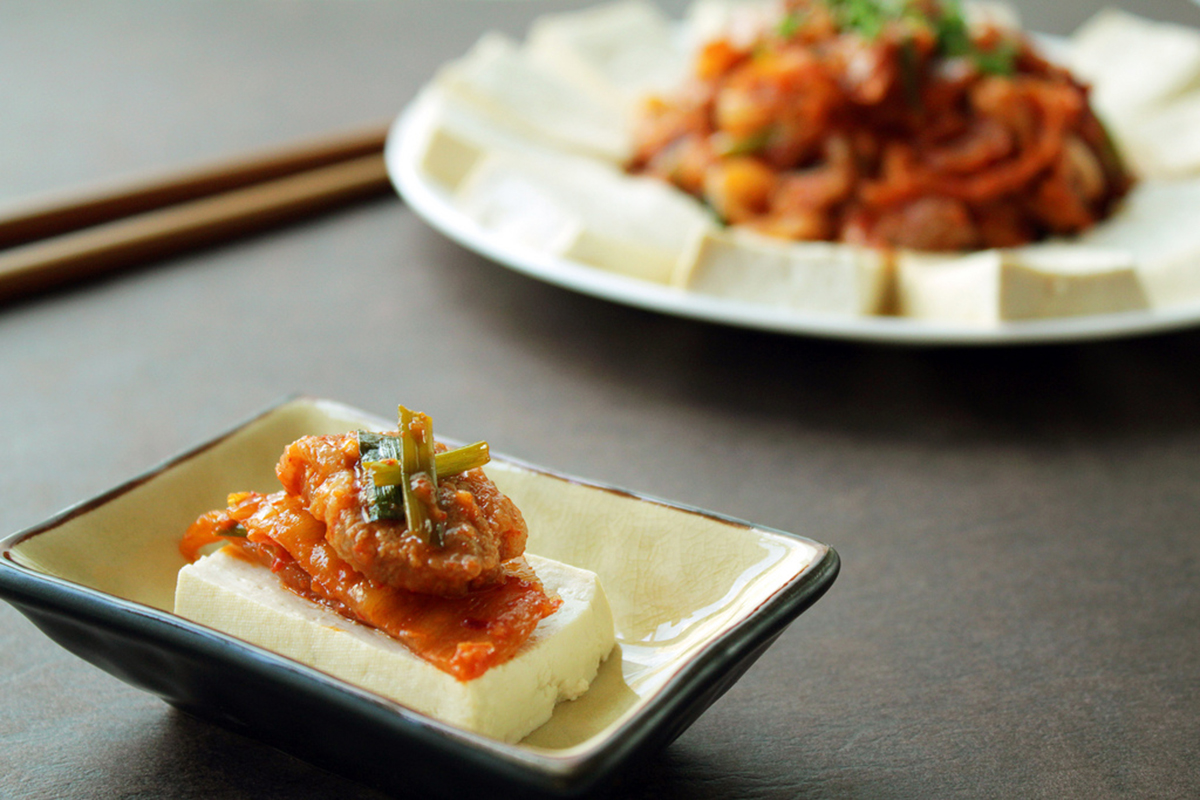Table of Contents
Essential And Non-Essential Amino Acids
There are 20 amino acids which make up a range of protein structures but these are further divided into essential and non essential. An essential amino acids is one that must be gained through eating in the diet, while a non essential amino acid can be made in the liver if all essential aminos are present. This is how complete and incomplete proteins are determined.

Complete Protein
For a protein to be considered complete it must contain all 8 of the essential amino acids. Which means it contains everything the body needs to make all forms of protein structures. If your diet doesn't have a full range of amino acids (for example you don't eat a certain food) then certain structures could suffer such as hair or nails. The eight essential amino acids are:
- isoleucine
- leucine
- lysine
- methionine
- phenylalnine
- threonine
- tryptophan
- valine
All 8 of these must be eaten via the diet to make sure the body is functioning effectively. There are a range of foods which contain all 8 aminos including chicken, eggs, fish, red meat, dairy products and soya beans. Something to note is that most complete sources of protein come from animal sources with the exception of the soya bean. Therefore a vegetarian needs to eat a larger range of incomplete proteins or include soya in their diet to make sure they are getting enough nutrients to keep their body in top condition.
Incomplete Protein
An incomplete protein is a food that is missing one or more of the essential aminos (because our body can make the non-essential). They can contain as little as 1 amino acid so it is important to check the ingredients if you are on a high/low protein diet because if you only eat poor quality incomplete proteins then you will not be getting enough of the nutrient. Foods that are considered incomplete proteins are wheat, oats, rice, pulses, nuts and a variety of vegetables. It is perfectly possible for a vegetarian to get the required amount of protein from a range of incomplete proteins. This is called "complimentary protein" and involves meals that combine incomplete's to make complete protein meals.
- Beans on Toast - which is a source of both wheat and pulses
- Nut Roast - contains a range of nuts and vegetables
- Vegetarian Chilli - includes rice and lentils
You can see there that three very easy meals if you are vegetarian to get a good amount of protein - however you will need to eat a higher volume to make sure you get the required amount if you are in training.
See Also: What Doctors Don't Know About Nutrition
Recommended Intake
I have talked a bit about how much you should eat protein but the recommended daily intake is approximately 85g for men and 62g for women. Generally the accepted amount of protein can be calculated by using 0.8g per kg of body weight and should equate to about 15 percent of your daily intake. Protein needs are higher for children and teenagers because they are growing and also athletes because their higher training volume means they need to repair the tissues more frequently.
- Photo courtesy of 16:9clue via Flickr: www.flickr.com/photos/53255320@N07/6790188871
- Photo courtesy KFoodaddict via Flickr: www.flickr.com/photos/kfoodaddict/9933979106
- www.webmd.com www.bbcgoodfood.com


Your thoughts on this